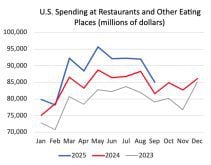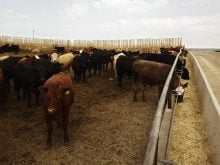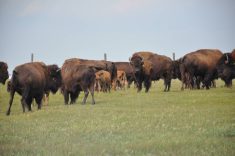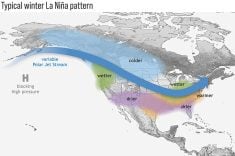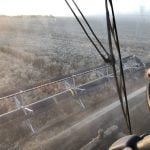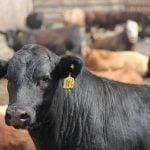As 2018 wraps up and Manitoba’s cattle auctions wind down their operations for the holidays, the total number of head sold so far has already surpassed the previous year’s numbers. While there is some optimism in the cattle industry for better numbers in 2019, it comes down to ‘wait and see.’
Going into December, 365,791 head had been sold in Manitoba so far during 2018, which was from the 362,899 head sold in all of 2017, according to data from Manitoba Agriculture. This made for back-to-back years in which the number of cattle sold increased, after 311,650 head were auctioned in 2016.
Read Also
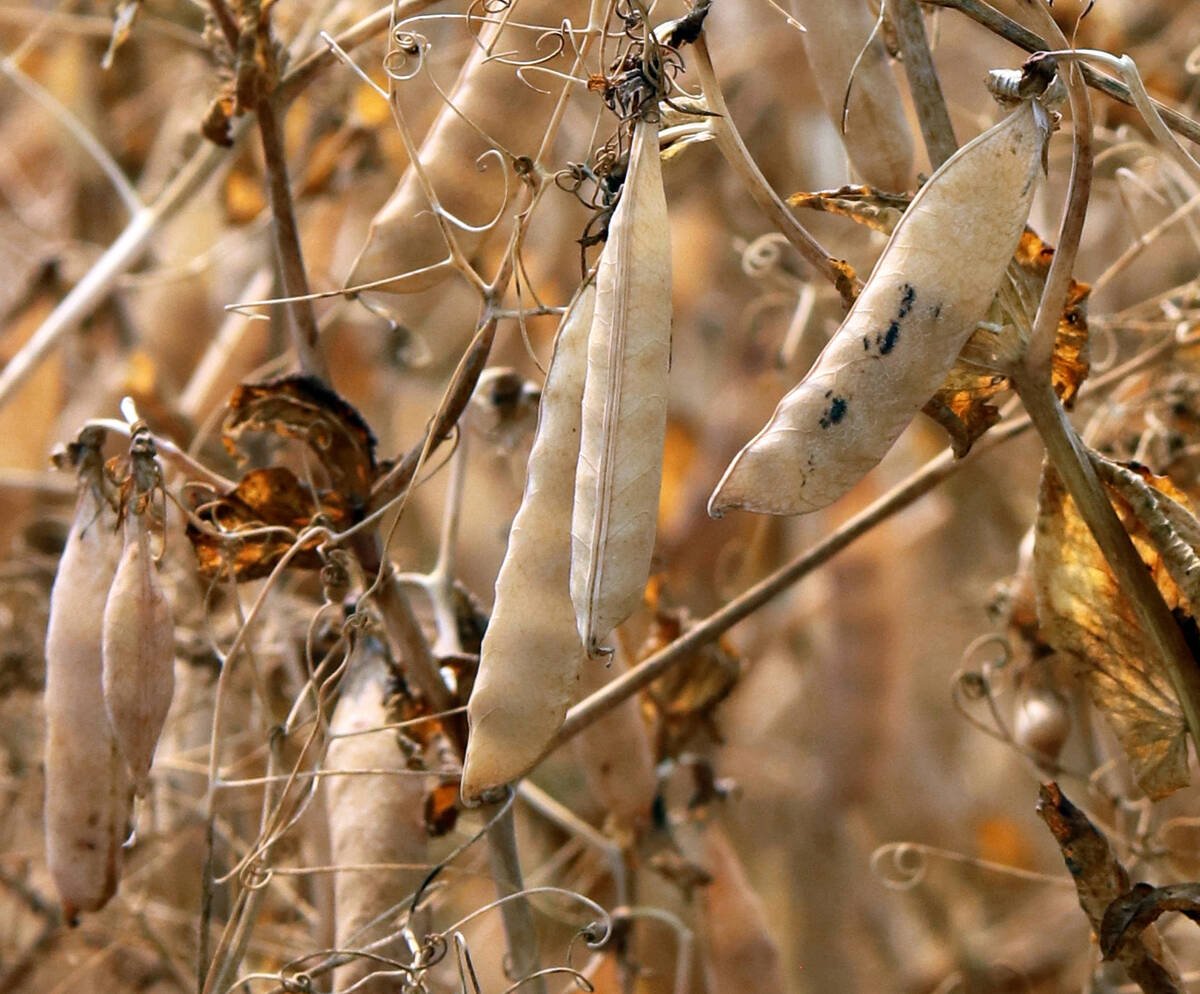
Trump’s tariffs take their toll on U.S. producers
U.S. farmers say Trump’s tariffs have been devastating for growers in that country.
Brian Lemon, general manager of Manitoba Beef Producers (MBP), said adverse weather throughout 2018 had a major role in the problems cattle producers faced during the year.
“Producers were late in getting their animals out on the pastures. The longer they keep them off the pastures, the more they have to feed them. The more they feed them, the more it costs,” he said, adding a lot of producers managed only one cut of hay this summer and pastures didn’t regrow very well.
“We’re hearing a lot of stories of cattle that came back off of the pasture a lot lighter (than the producers) would have liked to have seen them come off in normal years,” he continued.
Brian Perillat, manager and senior analyst at Canfax, agreed with Lemon’s assessment.
“We had a higher cow culling rate this year. Partly from winter storms and cows that lost calves earlier on,” he said, noting herd sizes are likely shrink a little in 2019.
Despite the gloom brought on by the weather, prices brought a little bit of shine to the industry. Lemon said prices generally stayed strong in Manitoba, thanks to demand from Ontario.
“The Ontario slaughter plants came into Manitoba to look for supply and that helped to prop up our prices,” he said.
On the downside, he continued, producers forced to cull their herds in prepation for winter were faced with declining prices.
Perillat noted Canadian prices for most of 2018 were “kind of flat” and largely reflected those in 2017. Helping the industry was the weak Canadian dollar. He said when it stays under 78 U.S. cents, it’s supportive of cattle prices. But expansion of the U.S. cattle industry countered with downward pressure on Canadian prices.
For 2019, Perillat said limited expansion in Canada and the possibility of a new packing plant in Balzac, Alta. should help prices.
But Lemon is concerned about the ‘Wall of Beef’ in the U.S. and how it could affect prices.
“With record production expected in the U.S., combined with trade uncertainty out of the U.S., we’re really going to have to watch to see what happens with prices moving forward,” he said.
At the start of 2018, feeder steers 400 to 500 pounds were selling at C$230 per hundredweight (cwt) and by April had slipped to C$219 cwt, according to Manitoba Agriculture. By September, the steers went for C$241 cwt and started December at C$231 cwt.
Heifers, also 400 to 500 pounds, began January at C$201 cwt and peaked in March at C$217. They fell to C$197 cwt in June and recovered to C$219 in late September. By the beginning of December they went for $195 cwt.




